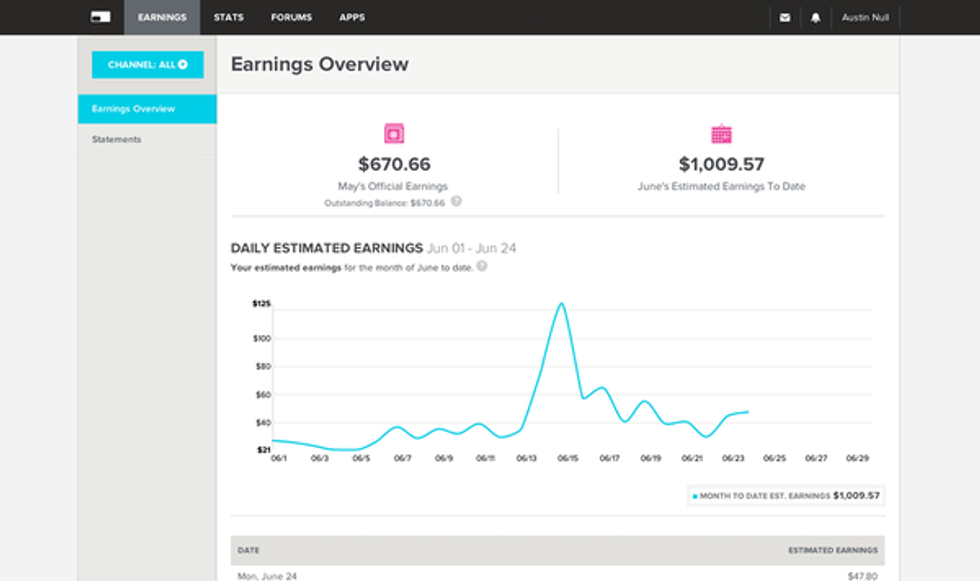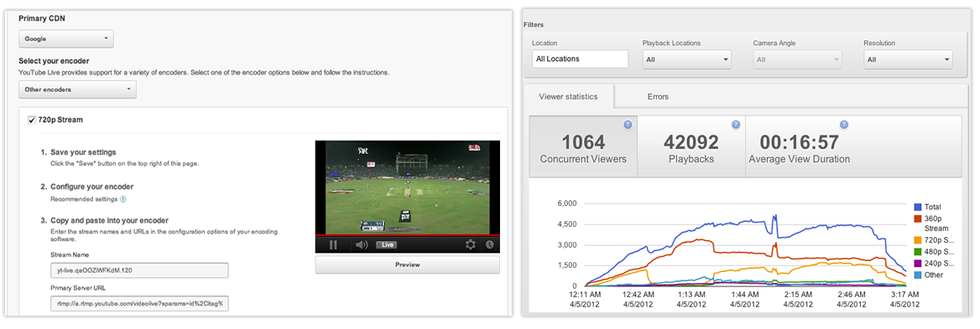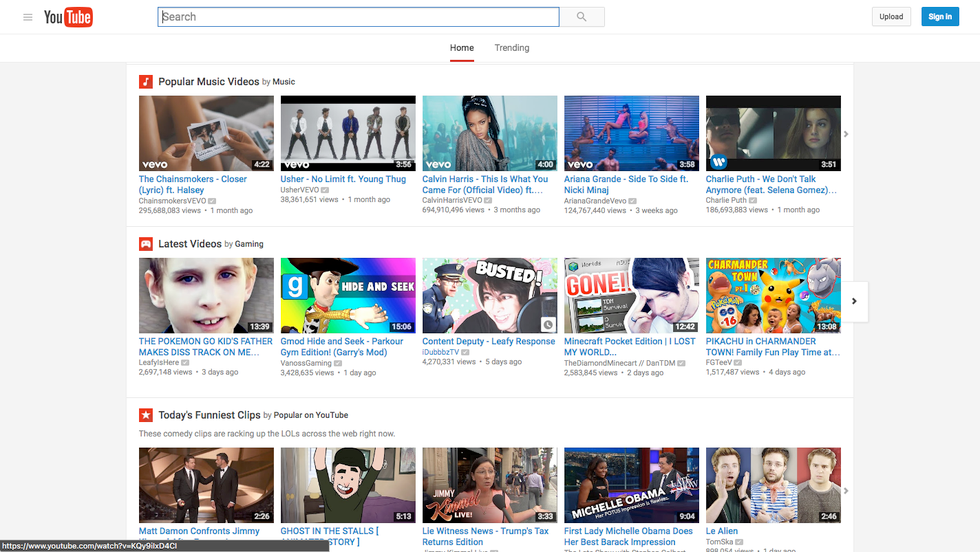Youtube employs a system of monetization, through which a channel can profit by featuring advertisements alongside their videos. Recent changes to the ad monetization policy have proven controversial—to summarize the general outrage against Youtube in an understatement—but these developments are hardly the death throes of Youtube as a media outlet for original content. Some have argued that these changes are leaving original content creators without a means to gain income, yet the website has been squeezing out animators, filmmakers, and musicians for years. It’s managed to dissuade these creators from pursuing a career through Youtube with an algorithm that emphasizes above all else repetition, derivation, and duration.
In the entertainment industry, people tend to flock to brands they recognize—whether it be Marvel or DC, Disney or Pixar, any talk show or any parody of a talk show. Youtube can tell from the statistics they gather on searches what to promote, in order to funnel viewers toward videos that will be featuring their most profitable advertisements. Content creators are aware of this strategy, and so they make videos that derive from the brand. If a new Marvel movie comes out, monetized animators and filmmakers will create parodies and skits about that movie. Youtube then promotes those parodies, skits, and other derivative videos, giving them the most profitable ads to create profit. Just the recognition and popularity of the brand will be enough to attract viewer traffic.
Recommended for you
Image linked from: trbimg.com
In effect, Youtube’s promotion policy favors derivation over originality, and it enforces that pattern by rewarding derivative work with more monetization money. These Youtubers could’ve created their own original series or movies, but Youtube wouldn’t promote them. They wouldn’t rake in nearly as much money through the advertisements and viewership. For creators who truly want to make a career out of Youtube, the path of unoriginality is the only option unless they can grow big outside the platform first.
Youtube’s algorithm also rewards channels who create content in a fast and consistent manner. It’s the reason why vloggers and commentators (for instance, the Let’s Play’s that feature a personality playing a video game and talking over it) are so successful on the website. Their content can be produced relatively quickly and posted on the platform almost daily. Meanwhile, an animator or filmmaker creating an original work may take months to create another video—a well-produced movie that took hundreds of hours to complete—and stretch the patience of the average viewer. Youtube will not reward the quality of the content if it’ll only come once in a blue moon; Youtube wants to keep the attention of its viewers through repetition. The more videos a content creator gets out, the more ads they can get to someone on a Youtube binge.
Image linked from: 9to5google.files.wordpress.com
There’s also another reason why commentators and vloggers are rewarded so heavily by Youtube, and it has nothing to do with the advertisements. Their videos are longer. Vlogs can be anywhere from a few minutes to nearly an hour; podcasts can stretch upward to a couple hours; work streams for animators can last half a day. Youtube loves duration, because a single video that’s hours long will end up costing less to send out from their servers than a dozen shorter videos. The energy used to send that video to the monitor deducts from profits. This is why content creators have found it better to create longer videos (in spite of how much quality content is actually spread across the length), because Youtube will reward duration on the principle that it saves them money on energy consumption. If a creator viewed the statistics on their videos, they’d find that an hours long video actually does earn more for the channel than a shorter one.
So in summary, if a creator’s video isn’t derivative, repetitive, and long, it’ll lose Youtube’s promotion and incentives. This algorithm for monetization discourages the development of original content with quality production. Youtube refuses to back these videos, and so they gain too little to justify the effort. That’s how original content has been dying throughout the years. You only need to see the front page to recognize the patterns and realize the consequences.
Image linked from: a screenshot of youtube.com




















